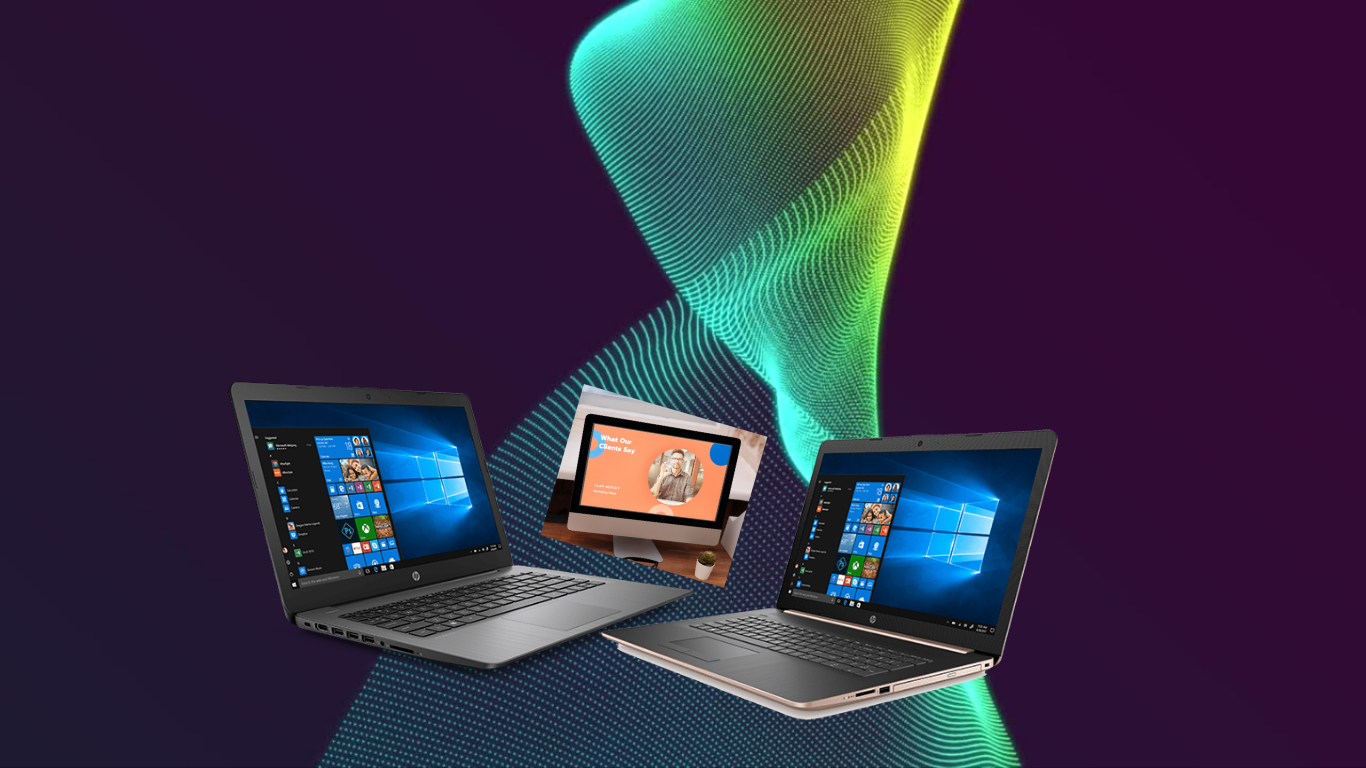How Technology Is Shaping the World: Implications for Businesses (Series One)
Category: Business

Introduction
Few years ago, many companies were moving from the traditional system of business operations to the modern system of “going digital” as it was considered a competitive advantage. Today, going digital is no longer a competitive advantage in every dimension - it’s rather, a condition of survival. In less than two decades, the world has shifted from an era of digital adoption to one of digital dependency. Every click, swipe, and voice command contributes to an invisible but powerful ecosystem that defines how we live, work, and connect.
How Technology Rewrites the World
All through history, communication has always been part of life existence and even more between entities – persons to persons, persons to businesses or businesses to persons, either via a mouthpiece, symbols/signals or writing on papers. However, the fast emergence of Information and Telecommunication Technology (ICT) in the 21st century became a game changer for the World and Businesses.
Right now, technology has shaped the world not through a singular breakthrough but through a web of interlinked revolutions: artificial intelligence (AI), mobile connectivity, cloud computing, data analytics, and automation. Together, they have blurred the lines between physical and digital, local and global, more also producers and consumers.
As noted in the Tech Trends Outlook 2025 McKinsey report, digital technologies now account for over 65% of global GDP growth, driven by platforms that enable productivity, collaboration, and innovation at scale. There is no doubt that technology has quietly rewritten the rulebook of modern commerce: from the smartphone to the cloud, from generative AI to remote work tools.
The Reality in Small vs Big Businesses
Most times, reality could be overwhelming because it is often the unbelievable winning-hunter. In the past, small and medium enterprises (SME) could rarely be seen or compete in the global market due to high cost of advertisement on the media such as radio, TV or publishing on the magazine. Today, while the giants of Silicon Valley dominate the headlines, it is the SMEs — the corner stores, freelance creators, online artisans, and community startups —that tell the deeper story. Technology has given them tools once reserved for multinationals: global reach, data-driven insights, and personalized marketing at almost zero marginal cost. (One of the upcoming series of this post will explain how you could benefit from this reality as small startup).
In cities such as Lagos, Nairobi, or Manila, small merchants sell to the world through Instagram or WhatsApp. In rural India, local farmers use AI-enabled apps to forecast weather and set competitive crop prices. In London or Toronto, micro-brands powered by Shopify and TikTok challenge global fashion houses with viral campaigns. This democratization of access marks a quiet but profound redistribution of economic opportunity which everyone can tap into.
As we explore how technology is shaping business strategy, marketing, and lifestyle, one theme emerges again, and again: technology is not just changing what we do—it’s changing who we are.
The next series will explain how marketing strategy has been transformed by technology. Stay tuned!
Back to Posts